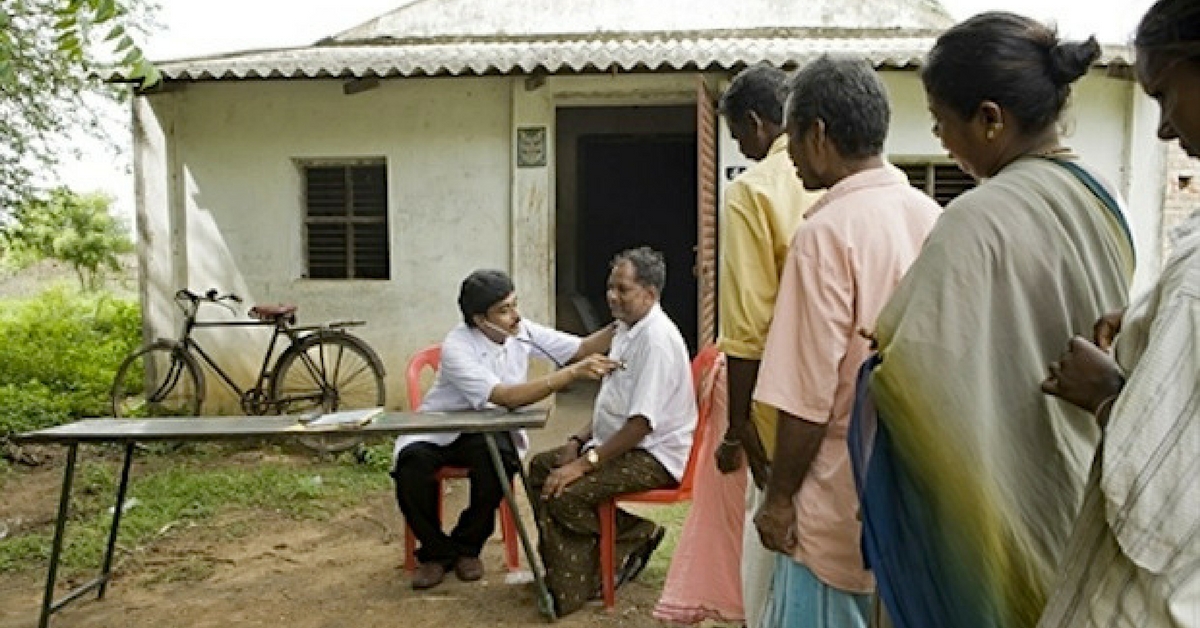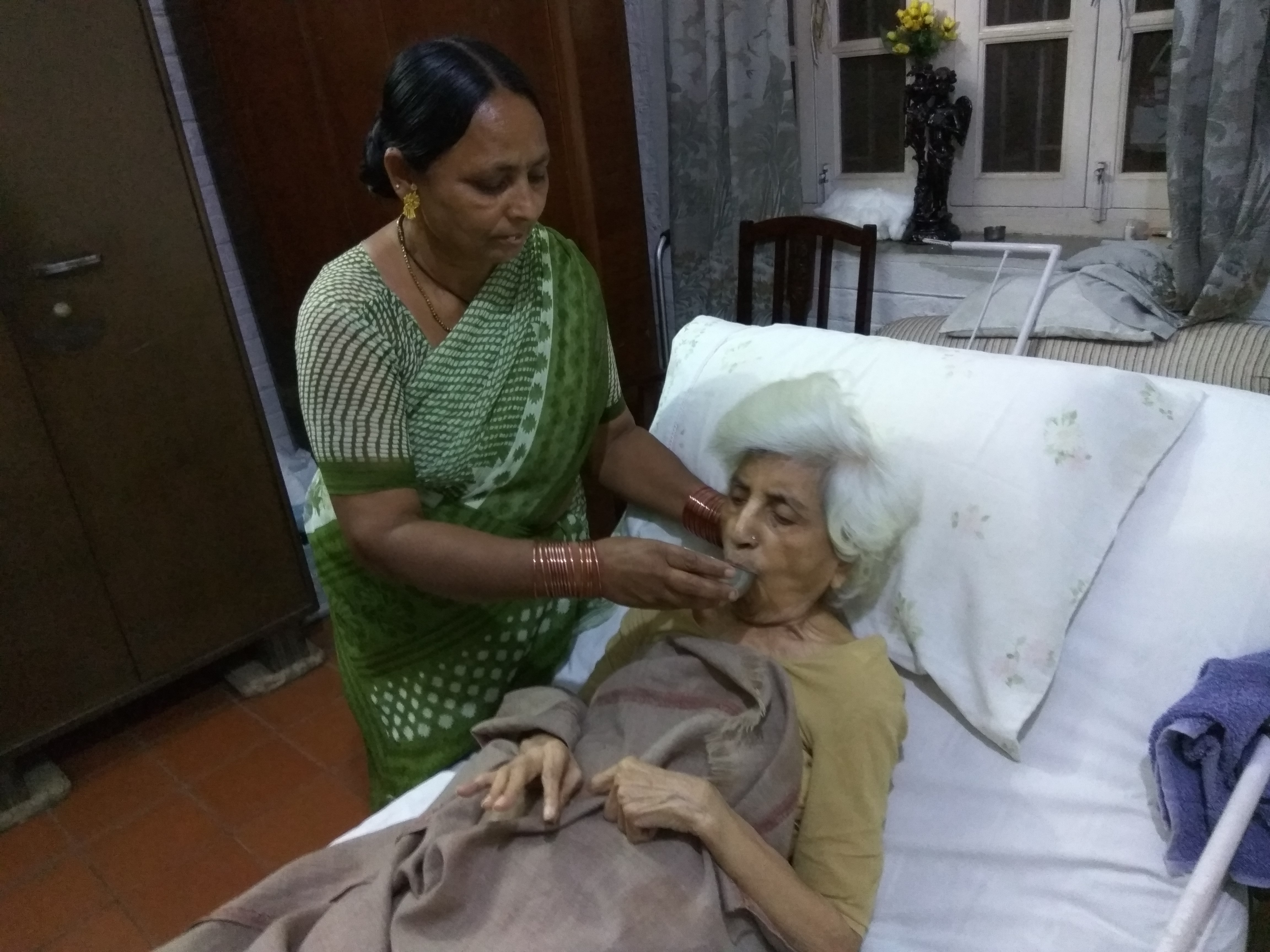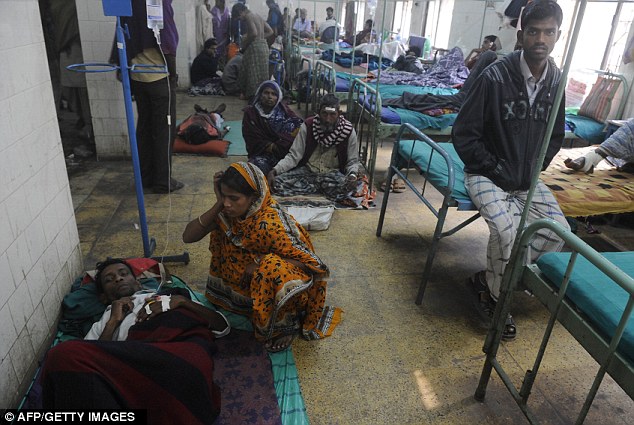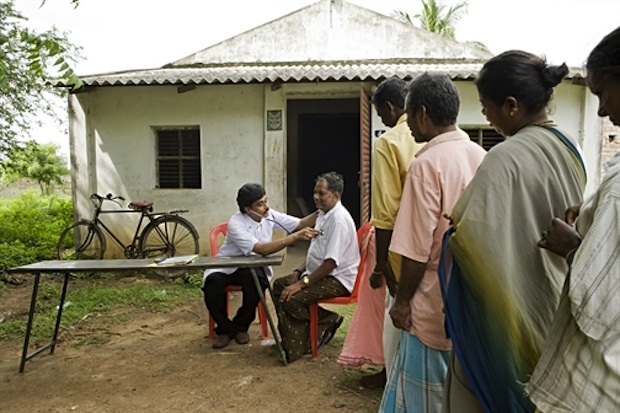TBI Blogs: How I Built an Efficient and Affordable Home-Care System for My 92-Year-Old Mother
Elderly healthcare in rural India still has many gaps in effective implementation. In the current scenario, having an efficient home-care system can be extremely beneficial and helpful.

About two months ago, my mother, who is 92 years old, fell in the bathroom and broke her pelvic bone. I live in the rural town of Phaltan in western Maharashtra, and to get a simple X-ray done was a nightmare.
We called the local orthopedic hospital and they sent a ramshackle ambulance. How an old Maruti Omni van got permission to ply as an ambulance is anybody’s guess. Even a healthy passenger would feel sick, and his/her bones would be rattled in that ambulance while going over the pot-holed roads of Phaltan. Some of the worst roads in the country are in Maharashtra, and especially in rural Maharashtra.
The driver of the ambulance also doubled up as the paramedic, and his callous and non-empathetic attitude almost broke my mother’s heel. He almost threw my mother on the stretcher! Most of the ambulances in rural places are like that, with hardly any facility to help the patient. I had to use an old saree to tie my mother to the stretcher so that her broken pelvis did not shake very much.
At the hospital, after a good deal of arguing, we got her X-ray done quite quickly. Otherwise, it takes forever to get it done. Since the pelvic bone was slightly fractured, the doctor advised complete bed rest, and told us to take her home. In pelvic fracture cases, there is no surgery needed, but just plain bed rest so that the broken bone heals by itself. That is also the reason why I did not take her to Pune for treatment.
We brought her home, and were immediately confronted by the stark reality of who would take care of her nursing needs. We tried to locate nursing care in Phaltan, but were unsuccessful. Even the hospitals do not provide that facility.
The relatives of patients do that in most of the rural hospitals.

Changing diapers, giving bedpans, or sponging the patient is not handled by nurses in India. This is the job of ayahs or mausis (as they are called in North India and Maharashtra, respectively). All over the world, nurses do all these things, but India has a strange hierarchical system where only ayahs or mausis do this.
We have a few women in the house who do the housework and cook. We requested them to help in changing diapers, but they refused and also threatened to quit their job. Therefore, my wife and my daughter changed the diapers until we got a mausi from Pune.
Thus, after great difficulty and searching, we got a 24-hour help (who is completely illiterate and has almost no training as a nurse) from Pune. Even this little help relieved our emotional and physical stress.
Searching the internet and talking to my doctor friends, I have finally been able to convert my mother’s room into a home healthcare facility. This includes an adjustable hospital bed with air mattress and a specially fabricated small wheelchair which can navigate the narrow passages of the house and can go into the bathroom. I feel I could get all this done because of our resources and ability to spend time searching for solutions on the internet. Most of the rural population does not have this luxury.
Another tragedy in rural areas is that no doctor wants to do a home visit. No matter how ill or old the patient is, they insist that he/she be brought to the hospital or their clinic.
I was able to get a person who was not an M.B.B.S. doctor, but could administer saline or do basic dressing for bed sores. That offered partial relief.

Very frequently, I have seen that in rural, and also in urban areas, the missing ingredient in patient care is good nursing facilities. Putting a patient in hospital (whether he or she is terminally ill or suffering from non-life-threatening ailments) means endless headaches for relatives, who have to stay in the hospital, look after the nursing care of the patient, and run continuously to get medicines and medical supplies. Besides, the hospitals charge exorbitant amounts for surgeries and for lots of unnecessary tests performed on the patient.
Thus, I felt that reasonable home-care might be a better alternative. I was greatly helped in this experiment by my brother, who is an orthopedic surgeon in Australia. He constantly advised us on the basic care, and telemedicine by him really helped us.
From him, I also learned that the most important home-care need for elderly patients is pain management, and taking immediate care of bedsores and other physical ailments.
10 days after her accident, my mother developed bed sores. Since no doctor would come for home visits, we did the dressing ourselves. The non-MBBS doctor showed us—in quite a shoddy manner—how to do the dressing. By talking to my doctor friends and my brother in Australia, we were finally able to get a good combination of dressing creams and materials, and did the dressing ourselves.
After teaching the 24-hour help, she started doing the dressing properly. She was also told to make my mother sleep periodically on her side so that aeration took place in the bed sore area. Getting an air mattress bed also helped.
All these things helped in healing the bedsores, and after nearly two months, they were completely cured.

Bed sores are a major problem for elderly patients, and if they can be cured, then a major battle is won.
The pain management required a little extra care. Most of the pain-relieving medicines are very powerful, with serious side-effects.
My brother in Australia would suggest the medicines (after consulting the experts in geriatric medicine in his hospital) and we would look them up on the internet. Those were powerful medicines, including opioids, which relieved the pain initially, but had serious side effects, affecting the brain and the digestive system.
With the onset of dementia, as in my mother’s case, these medicines were more pain-givers than pain-relievers! Finally, we tapered them off and gave her simple pain relievers like paracetamol and brufen. The removal of strong pain killers helped improve the general condition of my mother, though the irreversible dementia is incurable.
Now, the 24-hour help changes my mother’s diapers, takes her to the toilet in a wheelchair, gives her a sponge bath everyday, and head bath once in 10-15 days. She also puts oil on her body and massages her on most days. After the sponge bath, she puts cream on her body. The combination of oil and cream keeps the skin moist.
Dry skin in old people is a major medical problem and leads to scratching and itching and creation of new wounds.

Since there is not much physical movement and activity, my mother has hardly any appetite. Therefore, the 24-hour help feeds her every 2-3 hours with a semi-liquid diet of fruit juices, curds, and soups. This helps my mother have proper bowel movement. All these things help my mother survive with least pain, and she sleeps most of the time. Because of dementia, my mother is also not capable of telling her needs to the help, so it is a challenge to make her comfortable.
Since I am an amateur homeopathic medicine practitioner, I sometimes administer medicines which also help her now and then.
Thus some of the lessons learned in this home-care process have been to make the patient as physically comfortable as possible. By giving as few medicines as possible, and letting nature take care of the body, I feel an elderly patient can have comfortable final days.
The majority of times in rural settings, when home-care is not available, the patient goes to poorly equipped rural hospitals, or sometimes transfers to an urban one.
Hospitalization for the rural poor is a major drain on their finances. The Government of India has mooted quite a number of good schemes which provide hospitalization for below poverty line (BPL) patients and take care of their bills through insurance cover. Yet I have seen these schemes misused by doctors and hospitals, where they admit the patients at the slightest pretext and charge them the full amount even for minor ailments.
The insurance company then pays the money to the hospital.

We have a quite broken medical care system in rural areas. Very greedy doctors and hospitals, in collusion with insurance agents, fleece both the patients and the government. A good home-care health system might alleviate this problem greatly.
Such home-care systems will rely on special agencies. These will provide trained nurses (at nominal cost) for homes, and simple equipment like small wheelchairs, beds, commodes, etc. Qualified doctors on-duty can respond through the internet, mobile phones, etc. to nurse queries, and under emergency conditions, visit homes. Presently, there are no such agencies, but there is urgent need for them.
For the terminally ill, a home-care system which provides nursing care and basic equipment will help the patient. He/She will have family around, and nursing care by trained nurses will help relieve the pain. This is especially needed when the patient also suffers from dementia, as is the case with my mother. Regular hospitals cannot take care of such patients.
Financially, this system will be much more economically viable than a dedicated hospice facility. The government needs to work out financial arrangements for how it can help organizations in facilitating such a system. A possible solution could be to provide insurance coverage for such a home-care system.
Such a facility may also provide home-care for patients who return from hospitals. Too often, the relatives and the family have to provide prolonged post-operative care which they have no training for. Such a facility could be a boon for those patients.
In urban areas, better medical facilities, including good ambulances, can provide timely care. In rural areas, in the absence of such facilities, it is very necessary to have home-care facilities.
For more content and innovations like this, check out the author’s other writings here.
Like this story? Or have something to share? Write to us: [email protected], or connect with us on Facebook and Twitter.
NEW: Click here to get positive news on WhatsApp!
If you found our stories insightful, informative, or even just enjoyable, we invite you to consider making a voluntary payment to support the work we do at The Better India. Your contribution helps us continue producing quality content that educates, inspires, and drives positive change.
Choose one of the payment options below for your contribution-
By paying for the stories you value, you directly contribute to sustaining our efforts focused on making a difference in the world. Together, let’s ensure that impactful stories continue to be told and shared, enriching lives and communities alike.
Thank you for your support. Here are some frequently asked questions you might find helpful to know why you are contributing?


This story made me
-
97
-
121
-
89
-
167













